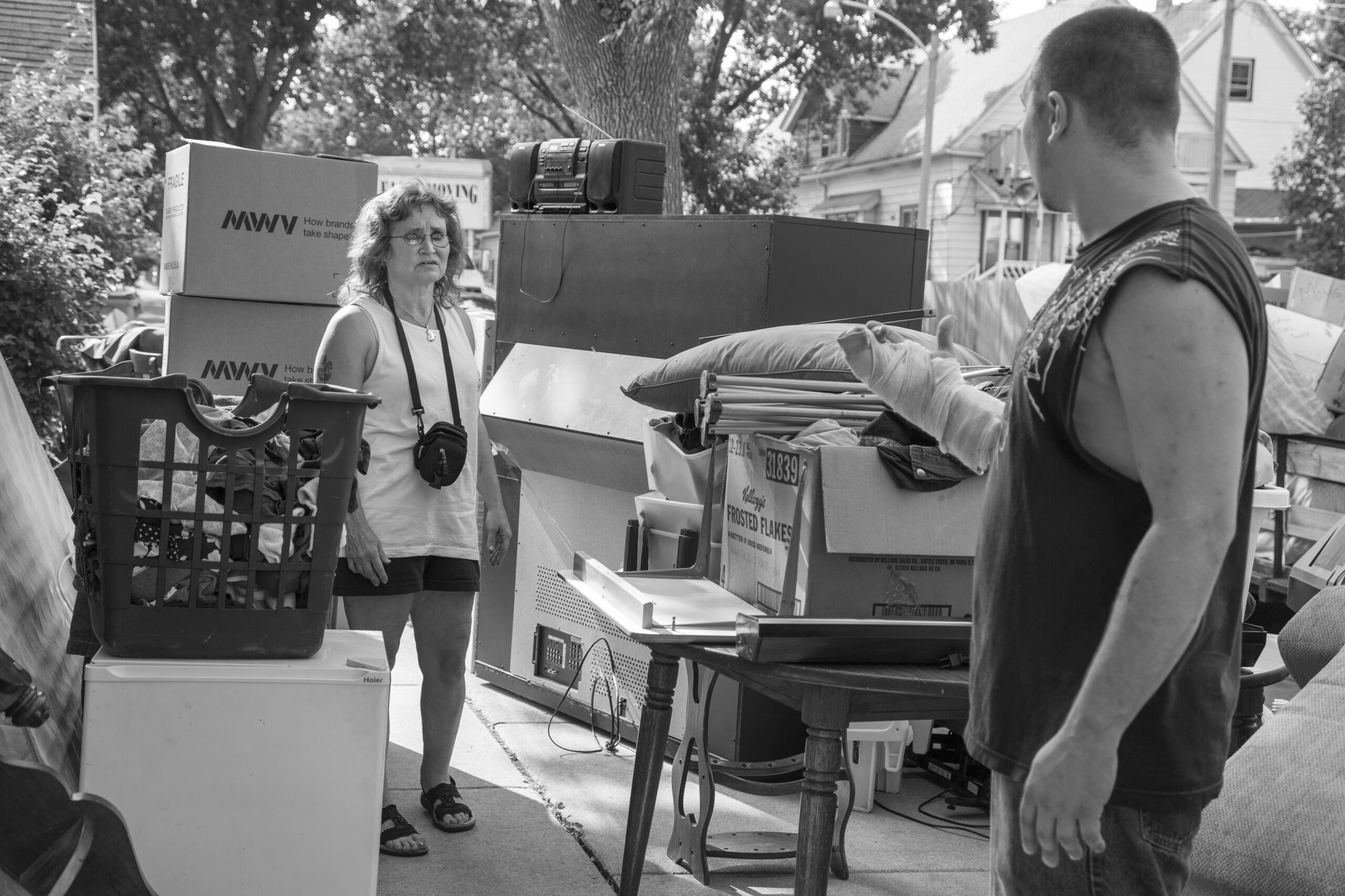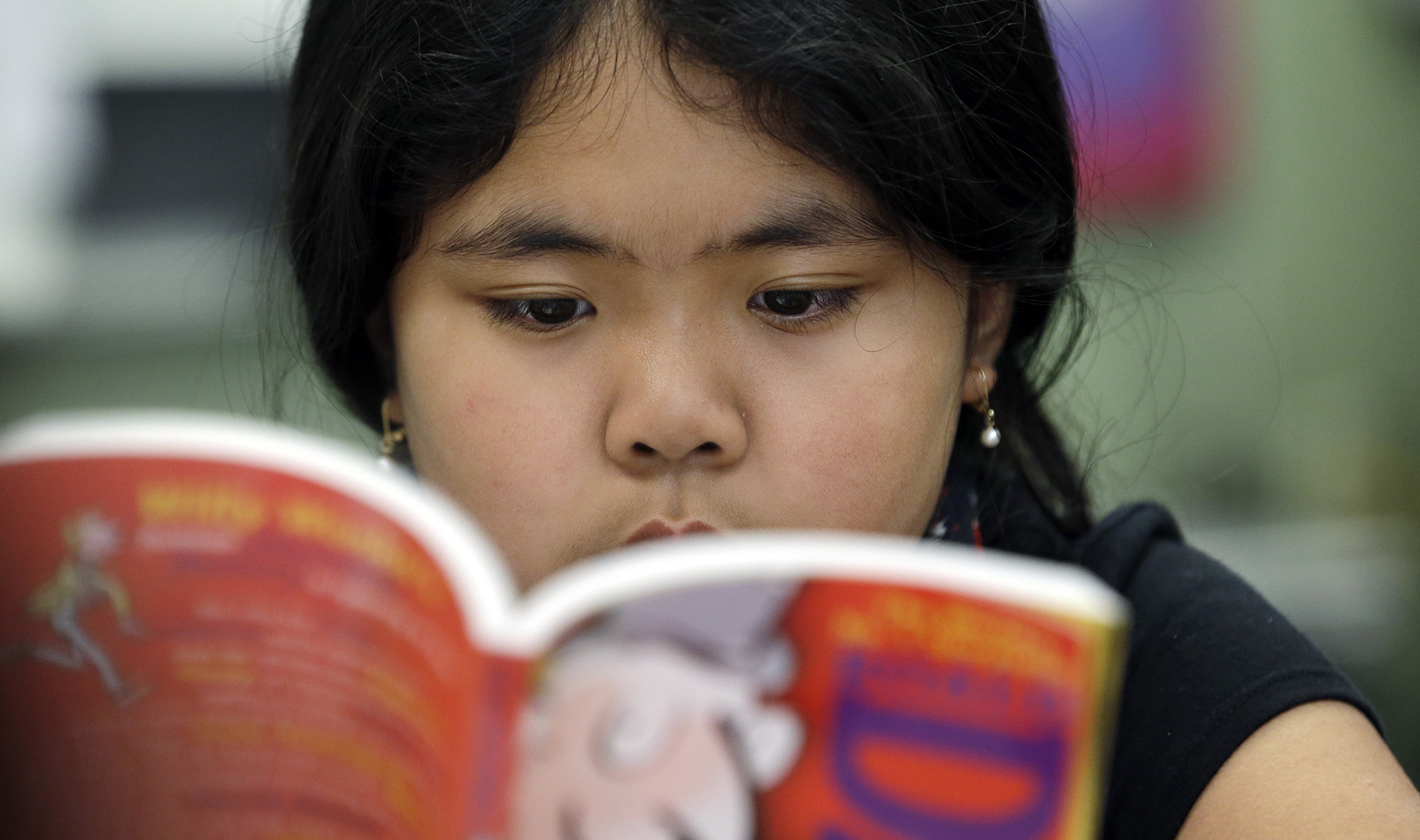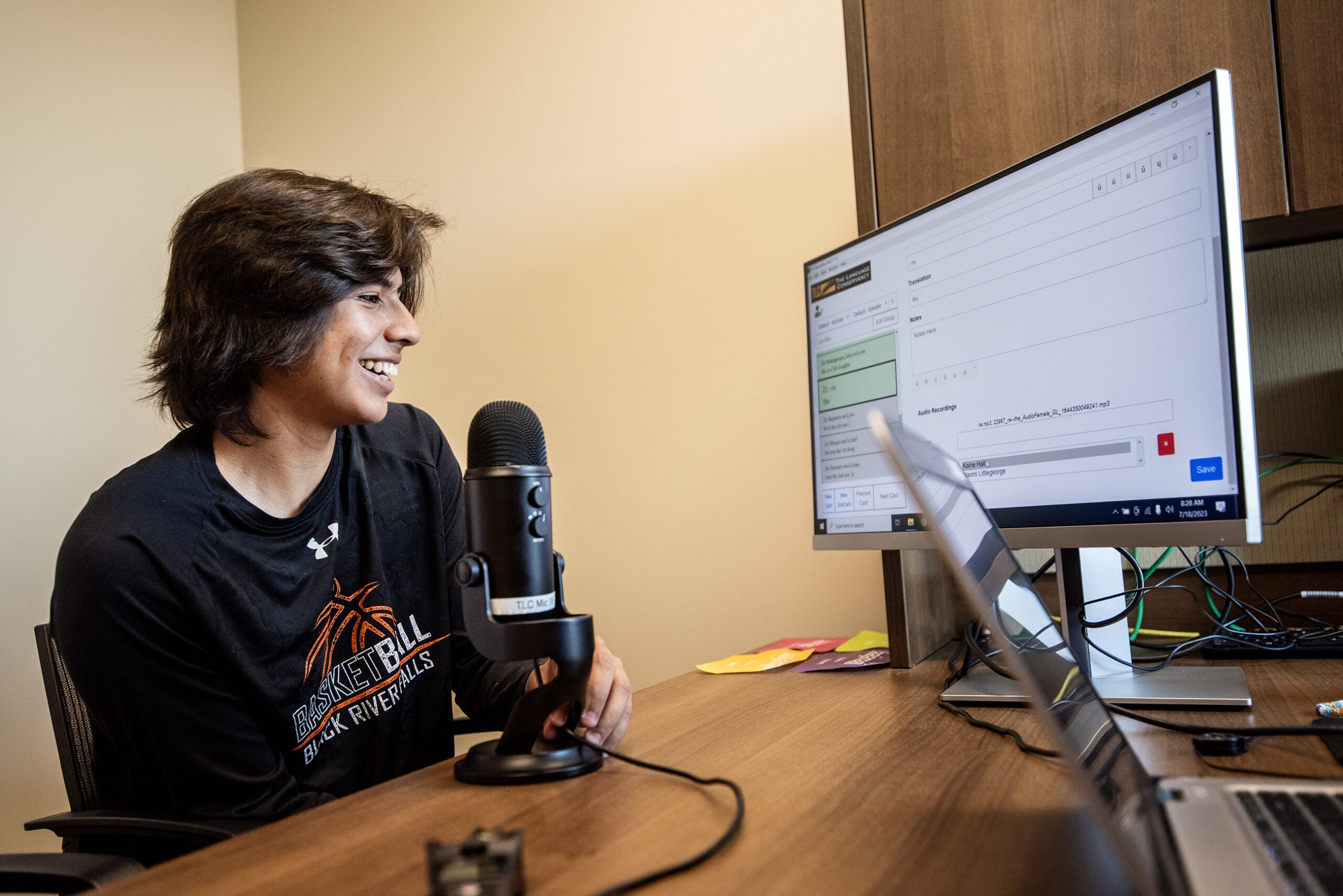The National Building Museum has curated an exhibit based on the book “Evicted” by Matt Desmond, bringing the American housing crisis to life with the lens zeroed in on Milwaukee. We talk with the curator of the exhibit. We also find out what our tendency to swear daily might mean, and take a look at how a state Department of Justice memo on CBD could impact future industrial hemp farming.
Featured in this Show
-
Department Of Justice Memo On CBD Oil Complicates Wisconsin's Fledgling Hemp Farms
The Wisconsin Department of Justice issued guidance to law enforcement and state residents over the production and sale of cannabidiol, or CBD, oil. According to the state DOJ, hemp-derived CBD oil is still considered illegal in Wisconsin–excluding certain circumstances. The announcement comes as a pilot program allowing farmers to grow industrial hemp is about to get underway. Senator Patrick Testin (R-Stevens Point), one of the sponsors of the legislation that helped pave the way for industrial hemp in the state, joins us to give his opinion on the announcement from the DOJ and the response to the pilot program so far.
-
Museum Exhibit Goes Inside Desmond's Book On Milwaukee Evictions
When curator Sarah Leavitt began planning a new exhibit at the National Building Museum in Washington based on Matthew Desmond’s book, “Evicted: Poverty and Profit in the American City,” she wanted visitors to be able to understand eviction.
So she let them go inside of it. Literally.
The exhibit is built inside of house-like structures that people can walk through. Inside, mattresses are cling-wrapped to lamps and storage containers. The homes feel off.
“They don’t all have roofs on them, the wallpaper is on the outside instead of the inside,” Leavitt said. “Trying to evoke that kind of idea of when you suffer housing insecurity or loss of home, home isn’t working the way it should.”
Desmond’s book, released in 2016, followed eight Milwaukee families as they struggled with eviction, homelessness and poverty.
He spent two years living in Milwaukee to focus on the housing crisis, not because eviction was so bad there, but because it was average — that Milwaukee’s experience embodied the American experience.
The particleboard used to build the National Building Museum exhibit was purchased at a local Home Depot for a few hundred dollars.
It’s sprinkled with statistics from Desmond’s book, and from his research group at Princeton University, The Eviction Lab, which has built a database of evictions across the United States.
Structures in the exhibit show statistics from Desmond’s research. Carl Cox/Yassine Photography“We used moving boxes of various sizes proportional to the number of eviction filings that they found from 2016,” Leavitt said. “So you can really see in a very visceral way when you first come into the show that its a national problem and also that it’s certainly worse in some areas.”
According to an Eviction Lab list of top evicting cities, Milwaukee ranks 59th, somewhere in the middle. Just over 4-in-100 renter homes are evicted each year.
In North Charleston, South Carolina, which tops the list, that number is 16.5-in-100, or four times the eviction rate Milwaukee has.
Leavitt said she initially picked up the book because she’s a Wisconsin native. But the response from visitors to the exhibit has been gratifying, proving its an issue that people connect with across the country.
“I guess it seems strange as a curator to say I want people to be upset,” she said. “A lot of people cry as they go through, either because they’ve experienced this themselves and they’re seeing themselves in this museum, or because they didn’t know about this issue and they’re coming face to face with something really pretty devastating that they didn’t know enough about. So we’re encouraging people to learn and then take some action as well.”
-
National Building Museum Exhibit Features 'Evicted' Book About Milwaukee
Matthew Desmond spent two years living in Milwaukee’s poorest neighborhoods to write his Pulitzer prize-winning book “Evicted: Poverty and Profit in the American City“. Now, the book has been transformed into a 3D experience in the National Housing Museum in Washington D.C. Curators used $586 on particle board in the exhibit, roughly the same amount of money one of Desmond’s subjects would make in a month. We talk to the curator of the exhibit to get a better picture.
-
Most Americans Can't Go A Day Without Swearing
A new survey found that many Americans can’t get through the day without swearing, a number of whom are swearing even early in the morning. We speak with Emma Byrne, author of “Swearing Is Good for You: The Amazing Science of Bad Language”, about why swearing can help us deal with stress.
-
What The #!?%? Expert Swears Cussing Can 'Kill' Pain
“Shoot!” Darnit!” “Dangit!” “Fiddlesticks!” “Dangnabbit!” “Holy cow!” “God bless it!” “Son of a gun!” “Crap!” “Drat!”
Is one of these your curse-word preference? Or do you find yourself tossing out swear jar fodder when you stub your toe or burn your finger?
Vulgar language might be your better bet if you’re hoping to reduce pain, according to science writer Emma Byrne who authored, “Swearing Is Good For You: The Amazing Science of Bad Language.”
“There is something about swearing that intensifies our feelings to such an extent that pain just isn’t as strong,” Byrne said.
Potty mouths provide a certain protection from pain, according to a study that showed students could keep their hands in ice-cold water 50 percent longer while swearing than when not cussing. That study, which Byrne came across while working in a computational neuroscience lab, nudged her curiosity on the topic.
“It just seems so paradoxical to me that something that’s so good for us is something that we spend so long trying to tell ourselves and particularly tell our children that we ought not to be doing,” she said.
It’s still a little unclear why brains react to swearing with pain relief, though Byrne said it has something to do with the emotional response that comes from using foul language.
She said there is a difference between swearing deliberately and those more off-the-cuff, automatic responses, which she referred to as “non-propositional. She said that could explain why some people swear, even though they have damage to the language part of the brain.
Swearing more won’t wear down its potency in reducing pain, Byrne said. But the words still need to be mired in taboo to be effective.
“As certain words lose their ability to cause that real physiological emotional response, we sort of have to reach for other, stronger words,” she said. “So, dialing it back a bit so that you’re reserving them for the occasions when you really need them helps to preserve that social potency.”
Regardless of whether your language is classy or crude, swearing, like misery, seems to love company.
A March 2018 survey of 2,000 respondents conducted by a marketing firm for fitness center 9Round 30 Min Kickbox Fitness found cursing to be the way that 63 percent of respondents vent their frustrations.
But that gutter talk, as comedian George Carlin puts it in his classic “7 Dirty Words” skit, will still earn a few judging glances.
“We don’t use language because it has this kind of reputation as being base and animalistic,” Byrne said. That contributes to a worldview that swearing is characteristic of the working class and those with little regard for authority.
She said research has shown that people who use swear words creatively actually have a wide vocabulary.
“It’s not actually a sign of a stunted vocabulary, despite what your parents might have told you,” she said.
Swearing isn’t immune to gender differences, either. A 10-year-old study cited by Byrne said people are more likely to judge a swear word as being offensive if they’re told a woman said it.
The perception that a woman ought to abide by modesty and innocence seems to continue to linger.
“While women do use as much swearing in quantity, certainly in the U.K., as men, we tend to use much milder words,” Byrne said.
Forbidden words are prevalent in most languages, even ones created for science fiction. Taboos differ between cultures, and some might not have as many swear words as others. Still, those who know more languages might find relief much easier to grasp.
“Having that range, having the ability to slant in so many different languages, particularly if you’ve learned them before adolescence, means that you have a whole greater range of nuance, a greater range of taboos or situations that you can draw on and find something that’s absolutely apt for the exact amount of frustration or relation that you’re feeling at that time,” she said.
Episode Credits
- Rob Ferrett Host
- J. Carlisle Larsen Producer
- Natalie Guyette Producer
- Patrick Testin Guest
- Sarah Leavitt Guest
- Emma Byrne Guest
Wisconsin Public Radio, © Copyright 2024, Board of Regents of the University of Wisconsin System and Wisconsin Educational Communications Board.




